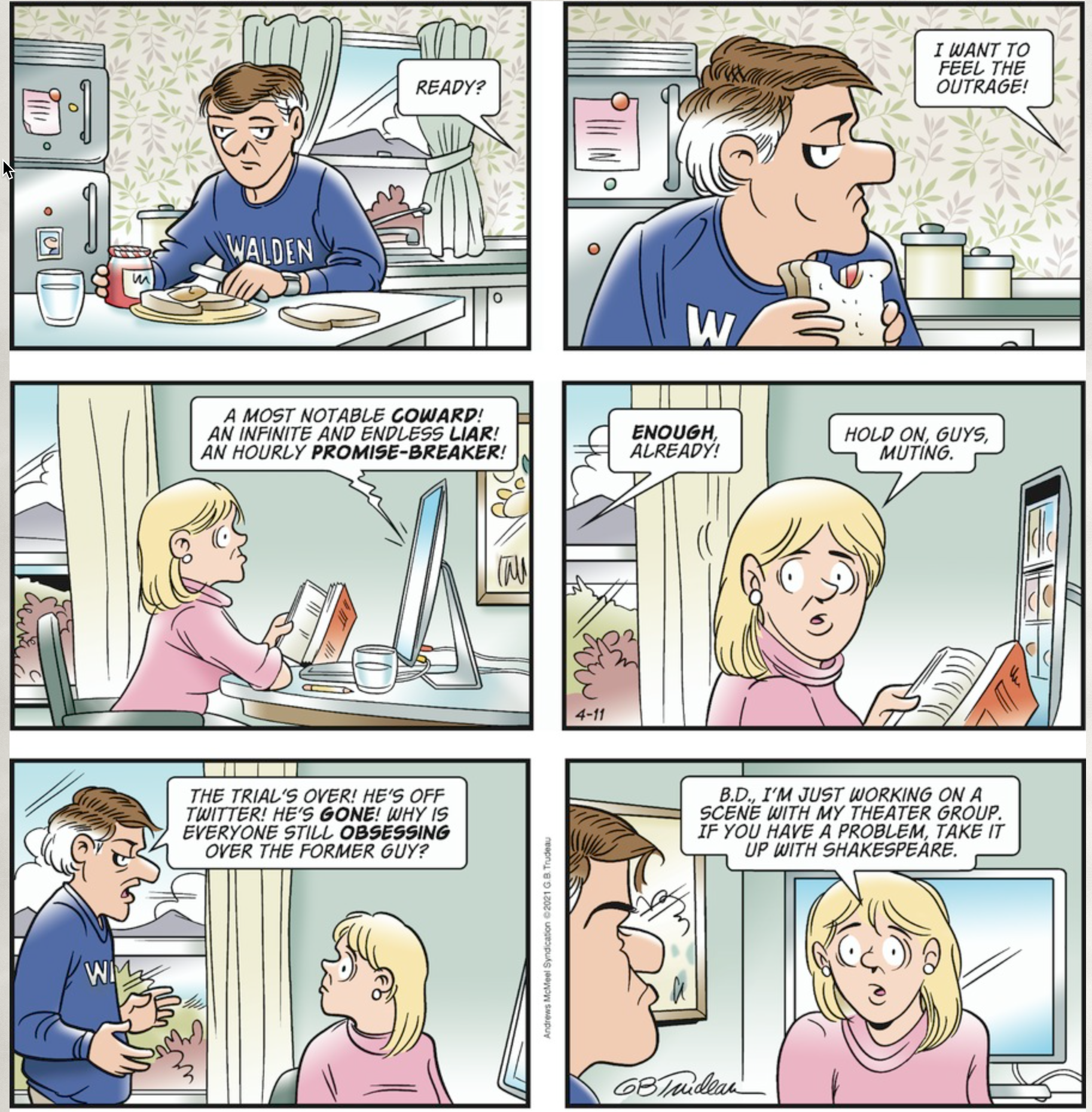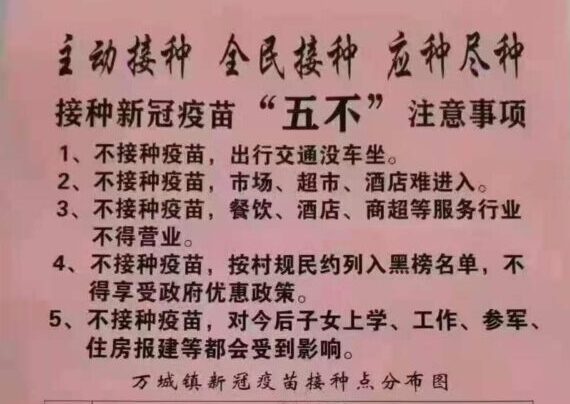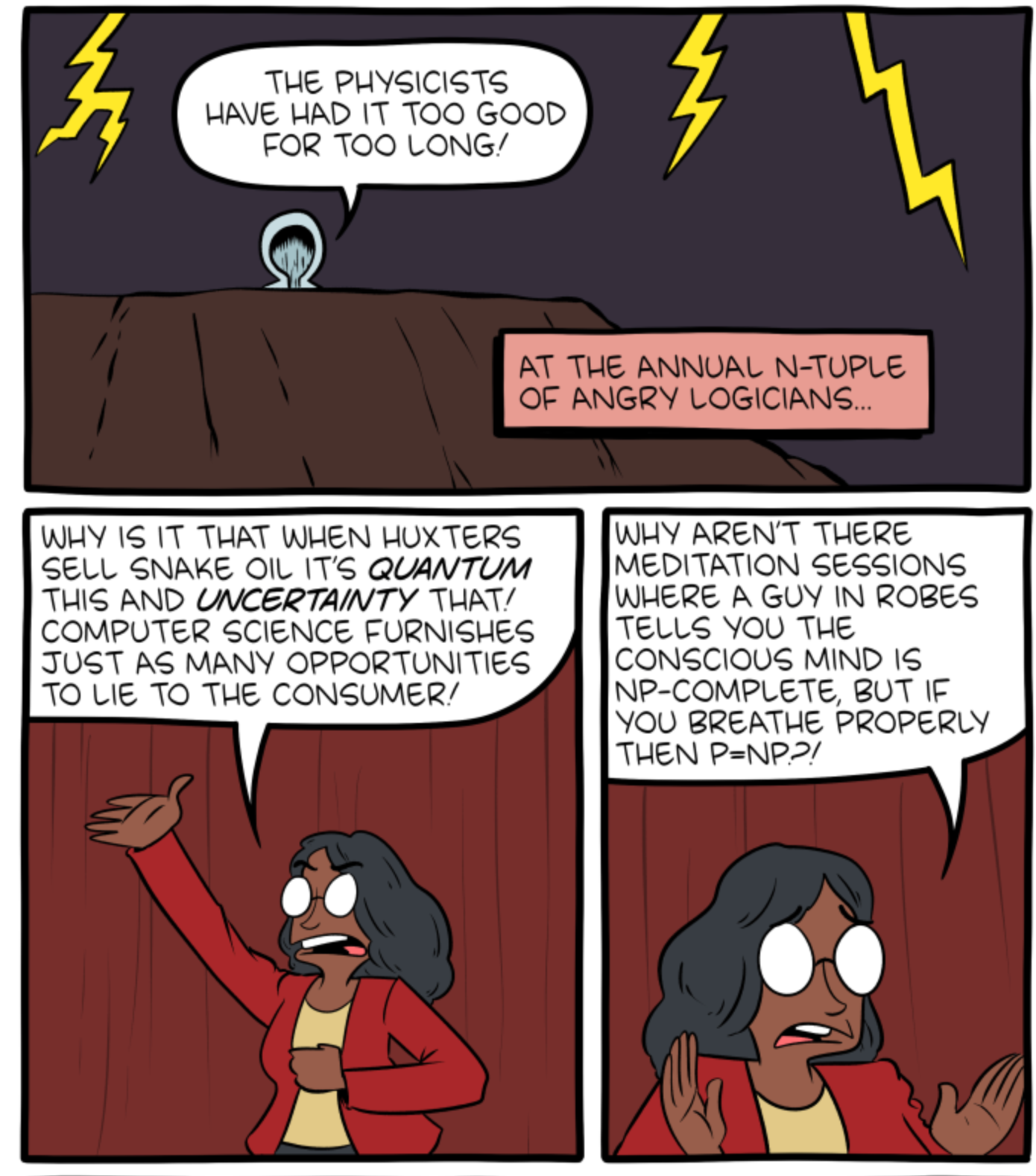Dissension over the role of the alphabet in literacy acquisition in the PRC
A graduate student from the PRC told me that the situation regarding instruction in Hanyu Pinyin has become quite chaotic in recent years in China. Hànyǔ Pīnyīn 汉语拼音 ("Sinitic Spelling"), or Pīnyīn 拼音 ("Spelling") for short, is the official PRC Romanization of Modern Standard Mandarin (MSM), i.e., Pǔtōnghuà 普通话.
For many decades, it used to be that all students — beginning in first grade of elementary school — learned to read and write via Pinyin. Indeed, under the program known as "Zhùyīn shìzì, tíqián dú xiě 注音识字,提前读写" ("Phonetically Annotated Character Recognition Speeds Up Reading and Writing"), or "Z.T." for short, which actively encouraged children to use Pinyin Romanization for characters they were unable to write, the promotion of Pinyin continued well into upper grades. See "How to learn to read Chinese" (5/25/08). In the last few years, however, it seems that instruction in Pinyin — at least in some schools — has become "optional". Some teachers are simply not teaching the basics of pinyin. As a result, many students are no longer competent in it, so that when they get to the dreaded gaokao (National College Entrance Examination [NCEE]), where mastery of pinyin is required, they're not prepared for that part of the exams. Parents are complaining.
Read the rest of this entry »
Genetic evidence for the peopling of Eastern Central Asia during the Bronze Age and Early Iron Age
Summary article on the genetics of the Tarim Basin and Dzungarian Basin and surrounding areas:
"Ancient Xinjiang mitogenomes reveal intense admixture with high genetic diversity"
Wenjun Wang, Manyu Ding, Jacob D. Gardner, Yongqiang Wang, Bo Miao, Wu Guo, Xinhua Wu, Qiurong Ruan, Jianjun Yu, Xingjun Hu, Bo Wang, Xiaohong Wu, Zihua Tang, Alipujiang Niyazi, Jie Zhang, Xien Chang, Yunpeng Tang, Meng Ren, Peng Cao, Feng Liu, Qingyan Dai, Xiaotian Feng, Ruowei Yang, Ming Zhang, Tianyi Wang, Wanjing Ping, Weihong Hou, Wenying Li, Jian Ma, Vikas Kumar, and Qiaomei Fu
Science Advances 31 Mar 2021:
Vol. 7, no. 14, eabd6690sss
DOI: 10.1126/sciadv.abd6690
"Xinjiang", a contentious political designation, may geographically be better situated by referring to it as "Eastern Central Asia" (ECA).
Because I have been primarily interested in the initial settling of the Bronze Age peoples and their languages, the quotations below focus on that aspect of the article, though the article as a whole takes into account the Iron Age and Historical Era as well.
Read the rest of this entry »
"Configurations of the earth" and "patterns of the heavens" in Sinitic toponymy
The latest issue of Sino-Platonic Papers:
James M. Hargett, "Anchors of Stability: Place-Names in Early China", Sino-Platonic Papers, 312 (April, 2021), 1-41. (free pdf)
ABSTRACT:
The use of place-names in China predates its written history, which extends back at least 3,500 years. While the basic principles of toponym formation in ancient China are similar to those in other cultures around the world, early in its history a process took place that led to a standardization of the practices by which place-names were formulated. The central argument in this essay is that the essential features of place-name nomenclature in China were already in place before the Qin unification in 221 BCE.
Read the rest of this entry »
The five don'ts of novel coronavirus vaccination in Hainan, China
A notice issued in Wancheng, a town in Hainan Province on March 31 warning people of consequences if they refuse to take vaccines. (Screenshot via Weibo)
Read the rest of this entry »
The "genetic singularity" of the Basque people
Linguistically, Basque is generally thought of as an isolate with a very deep history. Consequently, Basque people are also often presumed to have been genetically singular for thousands of years as well. A new study, however, calls this presumption into question:
"Basque 'genetic singularity' confirmed in largest-ever study: The new research shows that this difference only began to emerge 2,500 years ago as a result of centuries of isolation", by Manuel Ansede, El Pais (English) (4/1/21)
Read the rest of this entry »
What a prehistoric pair of pretty pants can tell us about the spread of early languages
The following is a photograph of the world's oldest known pair of trousers:
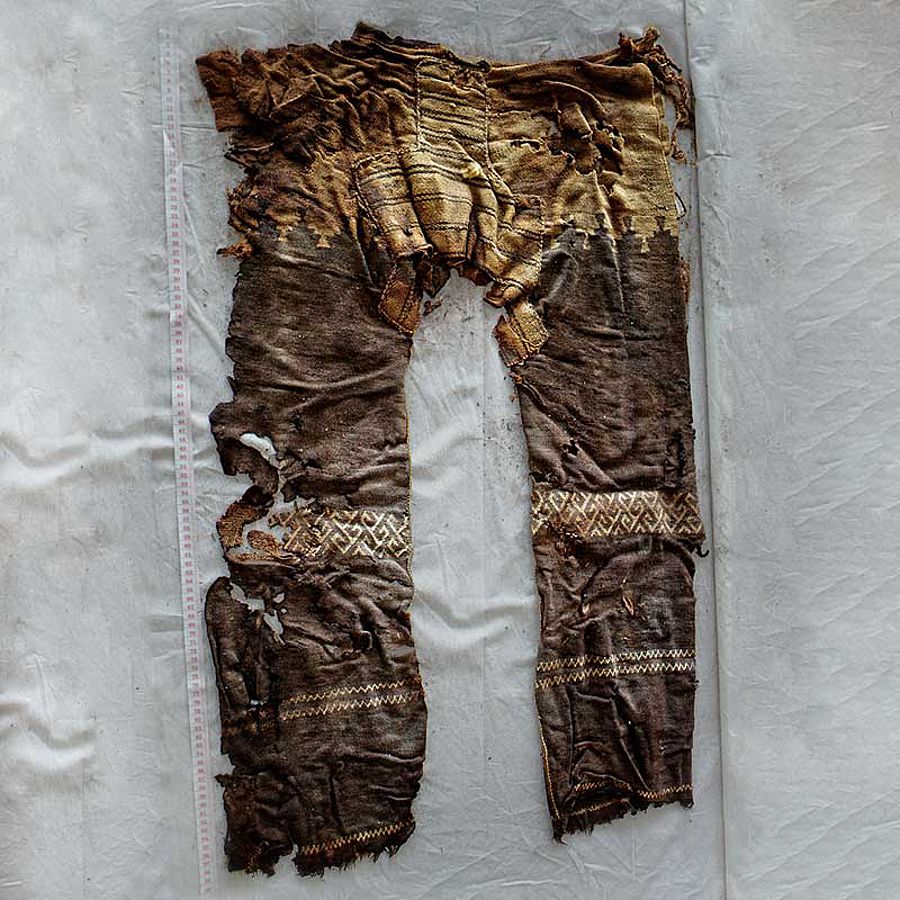
(source)
Read the rest of this entry »
Orthographic variation in a pair of poems by a Japanese Zen monk and his mistress
From Bryan Van Norden:
I found interesting these paired poems by the 15th-century Japanese Zen monk Ikkyū (1394-1481) and by his mistress, the blind singer Mori. He writes his poem in Classical Chinese, because he is a man, but her poem is in hiragana, because she is a woman. Below are photos of the original scroll, showing paintings of Ikkyū and Mori, from Arntzen's translation, and a more recent translation by Messer and Smith. I am researching Ikkyū for what will ultimately be a five-minute segment in my class lecture on Zen this week. I find that students have trouble appreciating what is at stake in the debate over metaphysical monism vs dualism. Ikkyū, a monk who frequented bars and brothels, shows one way of rejecting dualisms (like sacred vs profane, mind vs. body, monk vs. layperson).
Read the rest of this entry »
Advances in topic modeling
In the middle to late 1990s, "Topic Detection and Tracking" was an active research area (see also this). And by the early 2000s, the technology was good enough to support the creation of Google News. Twenty years later, these and other innovations have transformed the mass media, for good or ill. I don't know what algorithms the AI in charge of Topic Modeling at Google News is using these days, but I'm happy to see it developing a sense of humor:
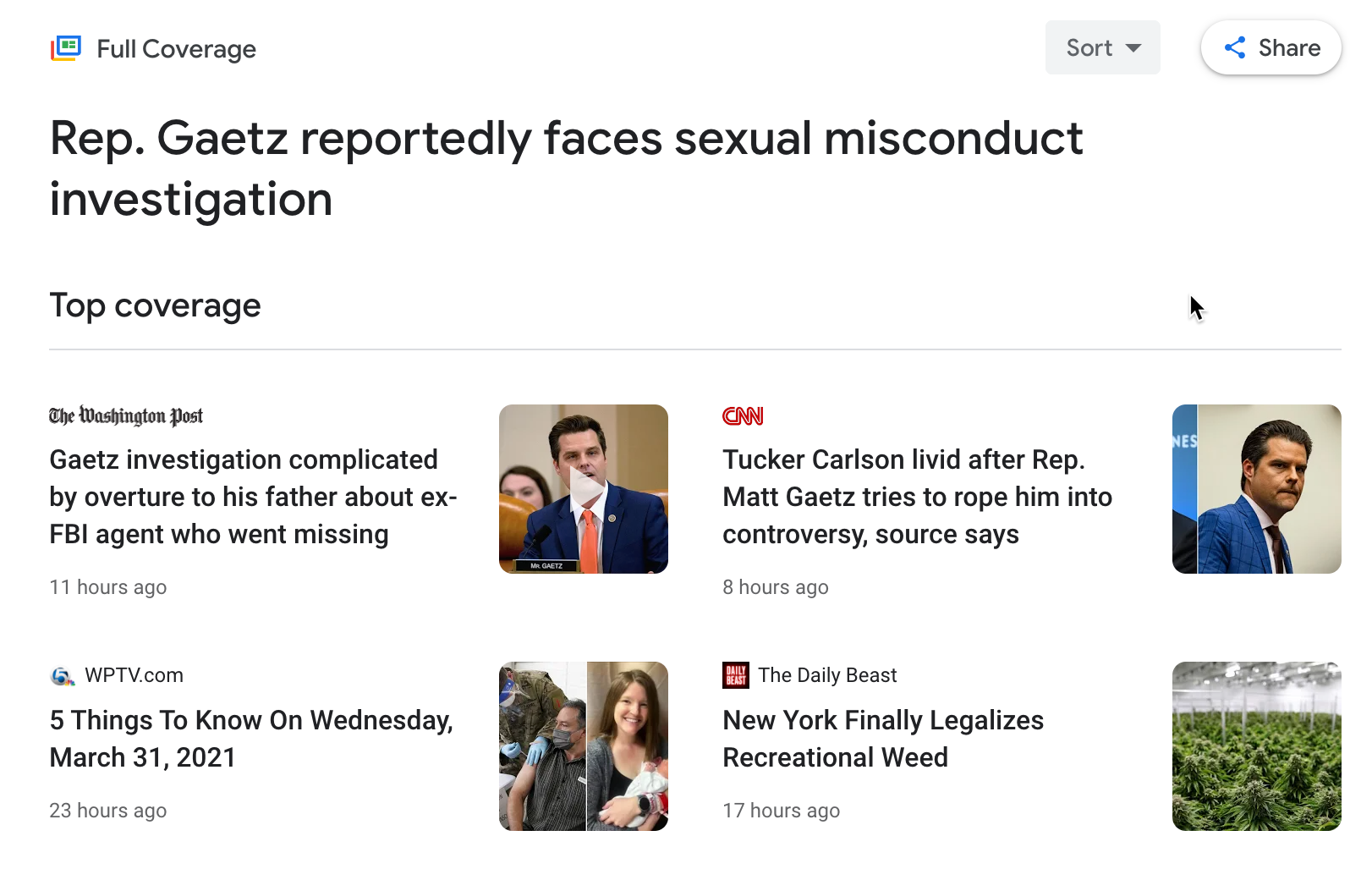
Read the rest of this entry »
Synchronicity
Just a few minutes after I finished "Equal representation in the halls of quackery", this email arrived [names obscured to protect the guilty]:
Dear Dr. Liberman,
The journal P________ is currently running a Special Issue entitled "Molecular Dynamic Simulation for Food Products and Processes". Prof. Dr. A_____ S___ and Prof. Dr. V_____ R_______ are serving as Guest Editors for this issue. We think you could make an excellent contribution based on your expertise and your following paper:
Pitch-range perception: the dynamic interaction between voice quality and fundamental frequency. 17TH ANNUAL CONFERENCE OF THE INTERNATIONAL SPEECH COMMUNICATION ASSOCIATION (INTERSPEECH 2016), VOLS 1-5: UNDERSTANDING SPEECH PROCESSING IN HUMANS AND MACHINES 2016, 0, 1350-1354.
This Special Issue aims to present recent advances and breakthroughs in the application of MD simulations, in the development and maintenance of the safety and quality of food products and processes.
Read the rest of this entry »
(Not?) Including myself
Jonah Markowitz, "Remote Work Is Here to Stay. Manhattan May Never Be the Same.", NYT 3/29/2021:
“I could find few people, including myself, who think we are going to go back to the way it was,” said Joseph J. Palermo, the firm’s chief operating officer.
Read the rest of this entry »
